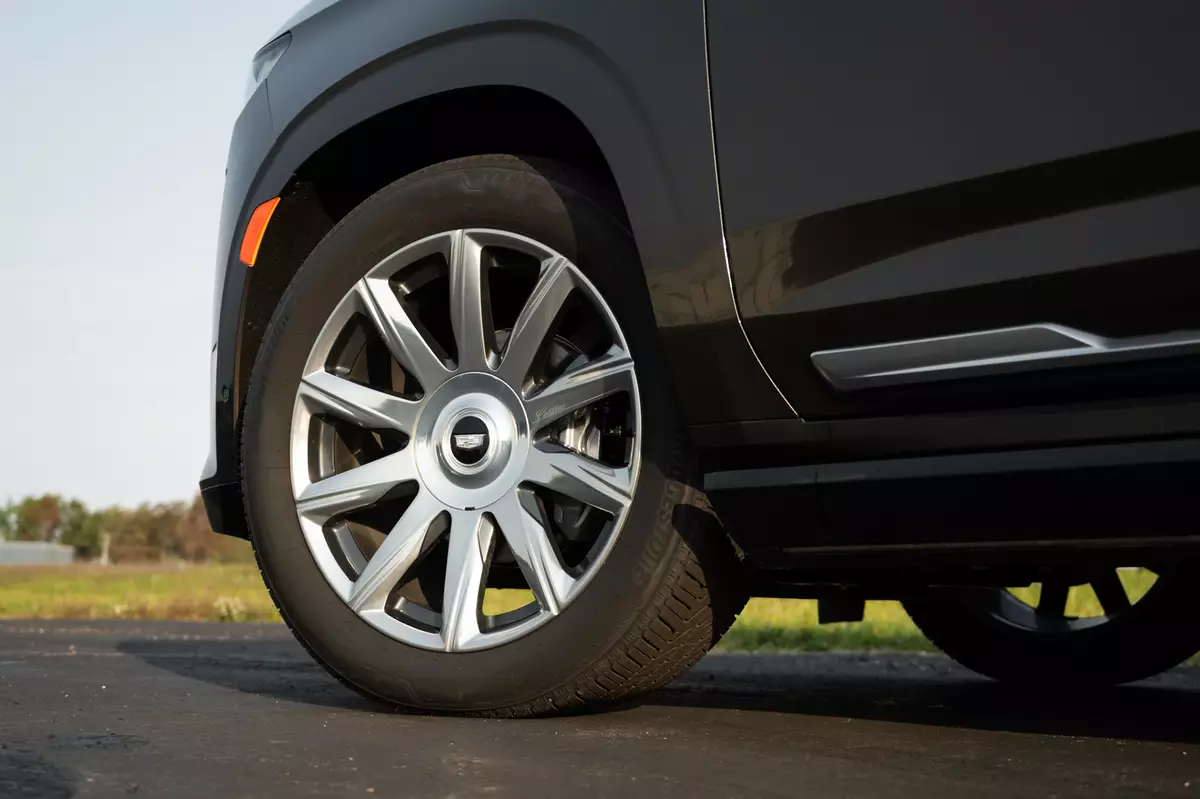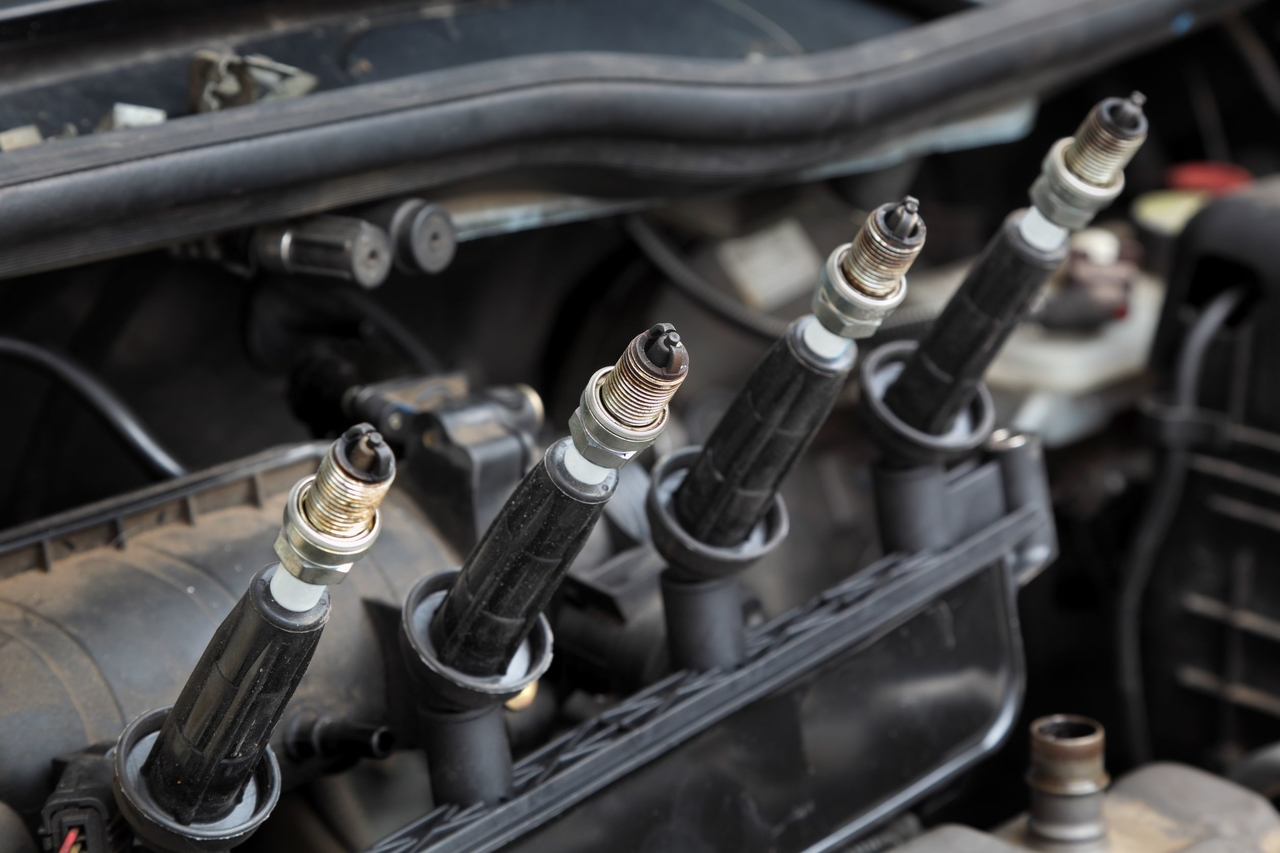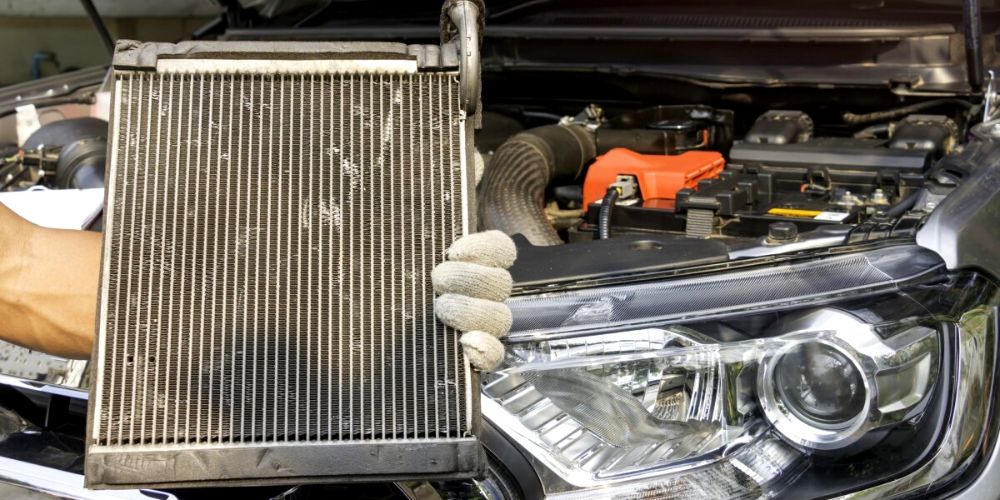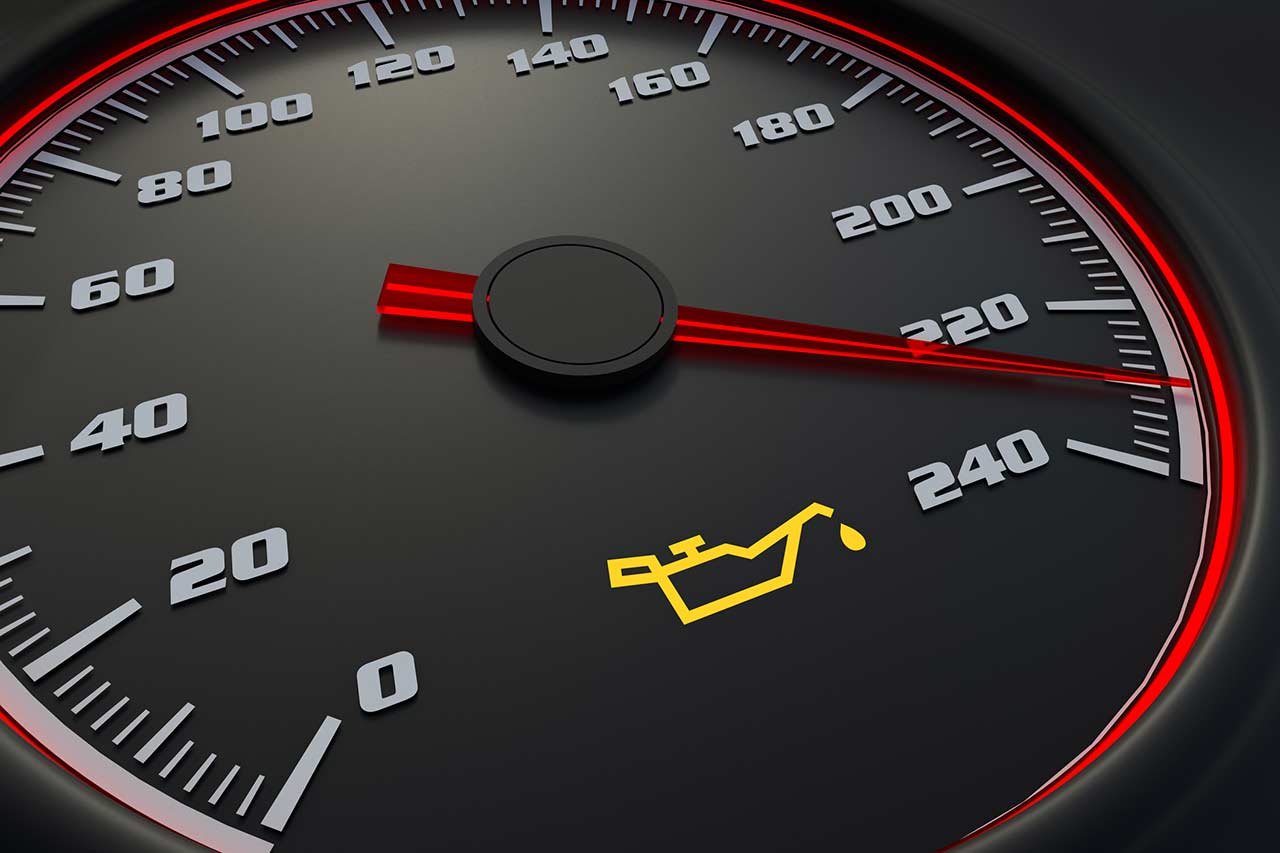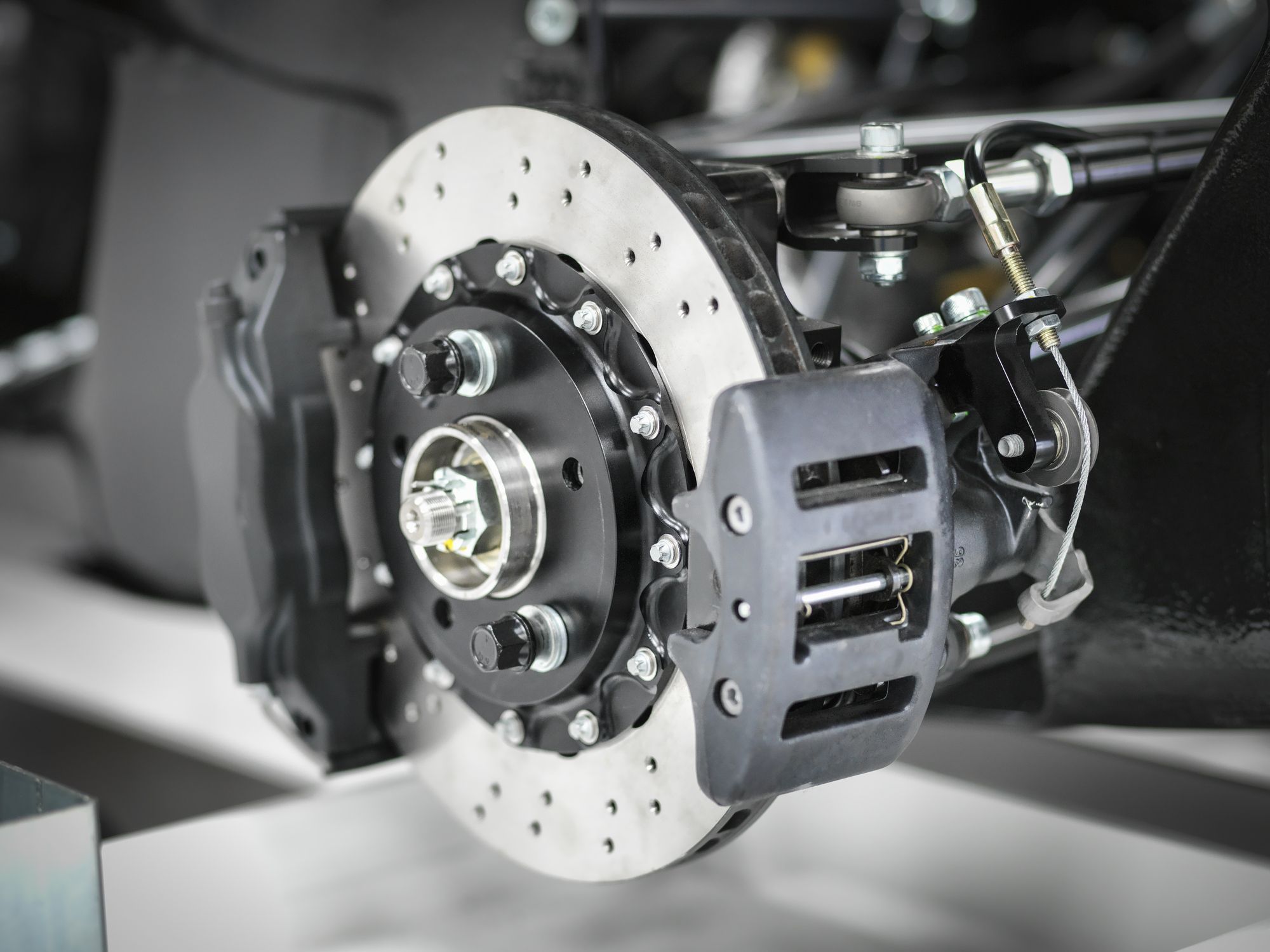After making the big purchase of new tires, you may be interested in knowing how you can make them last as long as possible. Here are our top 8 tips to help make your tires last:
1. Maintain and monitor pressure
If the pressure is wrong in your tires, it can lead to increased stopping distance, increased wear and tear, and increased risk of a blowout. This is why it’s important to check your tire pressure every month, especially during the winter and summer when colder and warmer temperatures can lower and increase the air pressure.
2. Align tires
If you’re noticing your car drifting or pulling to one side while you’re driving, this could mean it’s time to get your tires aligned. This means correcting the subtle tilt in your car’s chamber. It’s recommended to take your car to a professional so they can use specialized equipment to adjust the alignment, often to fractions of an inch.
3. Be cautious while driving
When you’re on the road, make sure to watch out for potholes as they might have sharp rims that can damage your tires. Try also to avoid skidding or peeling out. Speeding up or slowing down very quickly can damage the tread in your tires. Lastly, avoid driving on gravel roads because the sharpness of the gravel can damage your tires.
4. Balance tires
Tires can become unbalanced from typical wear and tear and when driving on uneven roads. If you notice your steering wheel vibrating or shaking when your car gets up to 60 or 70 mph, you may need to take your car in and have your tire balance checked.
5. Rotate tires
It’s recommended to rotate your tires about every 6,000 to 8,000 miles, depending on your car, to increase their lifespan. Cars wear tires unevenly over time based on numerous factors. You can combat that uneven wearing by rotating the tires as recommended by the manufacturer.
6. Check the tire tread
Unsure of when to replace your tires? Here’s a tip: Stick a penny (Lincoln’s head side down) into the tread groove of the tire. If the top of Lincoln’s head is visible, it’s time to take your car in and replace the tires. It’s recommended to check this at least once every 2 months.
7. Park the car with care
Scraping the sides of your tires on a curb while parking shortens their life drastically. If you continually bump into curbs while driving or parking, this can wear the sidewalls and shoulders of your tire quickly.
8. Protect and clean tires properly
Cleaning your tires helps prevent the buildup of dirt and grime, which can cause the finish of your wheels to peel or even make the rims more porous. Try and clean your tires twice a month to keep them lasting for years to come.

